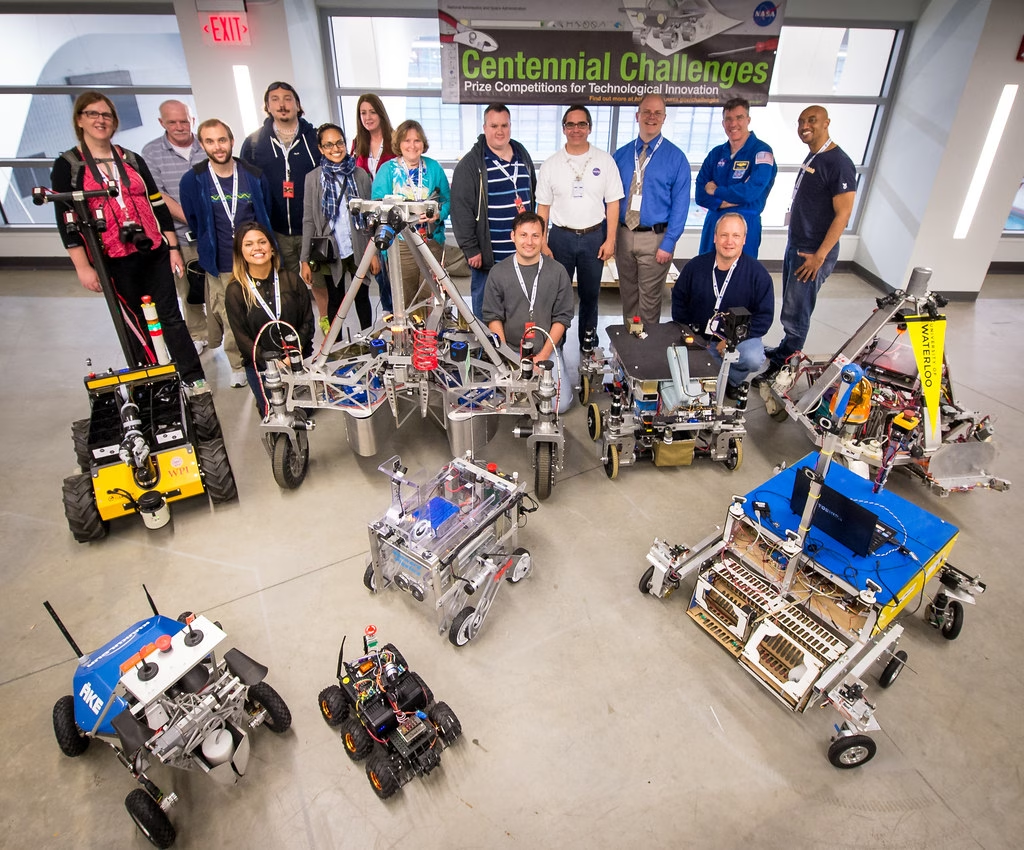How to make money from home using AI and Cybersecurity

Okay, let’s break down how you can make money from home leveraging the powerful combination of AI and Cybersecurity. These are both high-demand, high-growth fields, so the opportunities are significant. I’ll categorise the options based on skill level and approach and provide concrete examples.
I. Foundational Concepts (Important to Understand)
Before diving into specific methods, it’s crucial to understand these core concepts:
- AI (Artificial Intelligence): In this context, we’re primarily talking about machine learning (ML) and deep learning (DL). This involves training algorithms on data to make predictions or take actions. You don’t necessarily need to be a PhD-level AI researcher, but understanding the basics is key.
- Cybersecurity: This encompasses protecting computer systems, networks, and data from unauthorised access, use, disclosure, disruption, modification, or destruction. It’s a broad field with many specialisations.
- The Intersection: AI is increasingly used within cybersecurity (e.g., for threat detection), and cybersecurity is crucial for AI systems (e.g., protecting AI models from attacks). This intersection is where many of the best opportunities lie.
- Skills are Paramount: You’ll need to invest time in learning. There’s no “easy button,” but the payoff can be substantial.
II. Monetization Strategies (Categorized by Skill Level/Approach)
Here’s a breakdown of ways to make money, ranging from beginner-friendly to more advanced:
(A) Freelancing & Consulting (Beginner to Advanced)
This is often the fastest way to start earning. You offer your skills on a project-by-project basis.
- 1. Cybersecurity Services (Beginner-Intermediate):
- Vulnerability Assessments & Penetration Testing: Help businesses identify weaknesses in their systems. You can use AI-powered tools to assist with this, even if you’re not building the AI yourself. Examples:
- Use tools like Nessus, OpenVAS, or Burp Suite (which have some AI-driven features) to scan for vulnerabilities.
- Offer reports and remediation advice.
- Platforms: Upwork, Fiverr, Guru, PeoplePerHour.
- Security Audits: Review a company’s security policies, procedures, and configurations. AI can help analyze logs and identify anomalies.
- Incident Response (Intermediate-Advanced): Help companies respond to and recover from security breaches. AI-powered Security Information and Event Management (SIEM) tools are crucial here.
- Security Awareness Training: Create and deliver training programs to educate employees about cybersecurity threats. You could use AI to personalize training content.
- Data Privacy Compliance (GDPR, CCPA, etc.): Help businesses comply with data privacy regulations. AI can assist with data discovery and classification.
- Vulnerability Assessments & Penetration Testing: Help businesses identify weaknesses in their systems. You can use AI-powered tools to assist with this, even if you’re not building the AI yourself. Examples:
- 2. AI-Assisted Cybersecurity Freelancing (Intermediate-Advanced):
- Threat Intelligence Analysis: Use AI tools to analyze threat data, identify emerging threats, and provide actionable insights to clients.
- Malware Analysis (Intermediate-Advanced): Use AI-powered tools to analyze malware samples and understand their behavior. This often requires reverse engineering skills.
- Security Automation: Develop scripts and automation workflows (using Python, PowerShell, etc.) to automate security tasks. This can include integrating AI-powered tools into existing security infrastructure.
- Developing Custom Security Solutions (Advanced): If you have strong programming skills, you can build custom security tools. You can also integrate AI models into existing solutions. This is a higher barrier to entry but offers higher earning potential.
- 3. AI Development for Cybersecurity (Advanced):
- Building AI Models for Threat Detection: Develop machine learning models to detect malicious activity. This includes network intrusions, phishing attempts, or malware. This requires strong data science and machine learning skills.
- Creating AI-Powered Security Tools: Develop software that uses AI to automate security tasks. Examples include vulnerability scanning, incident response, or threat hunting.
- Research and Development: If you have a strong academic background, you can pursue research in AI. You can also explore Cybersecurity. You might potentially commercialise your findings.
(B) Content Creation & Education (Beginner to Advanced)
Share your knowledge and build an audience.
- 1. Blogging/Vlogging:
- Create a blog or YouTube channel focused on AI and cybersecurity.
- Share tutorials, reviews of tools, explanations of concepts, and industry news.
- Monetization: Advertising (AdSense), affiliate marketing (promoting security products/services), sponsored content, selling your own courses/eBooks.
- 2. Online Courses:
- Create and sell online courses on platforms like Udemy, Coursera, Skillshare, or Teachable.
- Topics: Introduction to Cybersecurity, AI for Cybersecurity, Penetration Testing, Malware Analysis, Security Automation, etc.
- Focus on practical, hands-on skills.
- 3. Writing (eBooks, Articles):
- Write and self-publish eBooks on Amazon Kindle Direct Publishing (KDP) or other platforms.
- Write articles for cybersecurity websites and publications (often paid per article).
- 4. Podcasts:
- Start a podcast discussing AI and cybersecurity topics.
- Interview industry experts.
- Monetization: sponsorship, advertising, selling your own products and services.
(C) Product Development (Advanced)
This is the most challenging but potentially the most lucrative.
- 1. SaaS (Software-as-a-Service):
- Develop a cloud-based security tool or platform that uses AI.
- Examples: AI-powered threat detection platform, automated vulnerability management system, security awareness training platform with AI-driven personalisation.
- Requires significant development and marketing effort.
- 2. AI-Powered Security Products:
- Develop a specific AI-powered security product. This could be a malware detection engine, a phishing detection tool, or a network anomaly detection system.
- You could sell this product to businesses or integrate it into existing security solutions.
- 3. Open-Source Projects (Indirect Monetisation):
- Contribute to open-source AI and cybersecurity projects.
- This can build your reputation, attract clients, and lead to job opportunities.
- You might also receive donations or sponsorship for your work.
(D) Bug Bounty Programs (Intermediate-Advanced)
- Find and Report Vulnerabilities: Many companies offer rewards (bounties). These rewards are for finding and responsibly disclosing security vulnerabilities in their software or systems.
- Platforms: HackerOne, Bugcrowd, Intigriti, YesWeHack.
- AI Assistance: You can use AI-powered tools to help you find vulnerabilities more efficiently.
(E) Competitions and Challenges (Intermediate-Advanced)
- Cybersecurity Competitions: Participate in Capture the Flag (CTF) competitions and other cybersecurity challenges. Some offer cash prizes.
- AI Challenges: Participate in AI and machine learning competitions on platforms like Kaggle. This can help you hone your skills and potentially win prizes.
III. Essential Skills & Resources
- Programming: Python is the most important language for both AI and cybersecurity. Other useful languages include JavaScript, C/C++, Go, and PowerShell.
- Cybersecurity Fundamentals: Networking, operating systems (especially Linux), cryptography, security principles.
- AI/Machine Learning: Linear algebra, calculus, statistics, machine learning algorithms, deep learning frameworks (TensorFlow, PyTorch).
- Cloud Computing: Familiarity with cloud platforms like AWS, Azure, and GCP is increasingly important.
- Databases: Understanding of SQL and NoSQL databases.
Resources:
- Online Courses: Coursera, edX, Udemy, Udacity, Cybrary, SANS Institute, Offensive Security.
- Books: “Hands-On Machine Learning with Scikit-Learn, Keras & TensorFlow” by Aurélien Géron. “The Hacker Playbook 3” by Peter Kim. “Black Hat Python” by Justin Seitz. “Practical Malware Analysis” by Michael Sikorski and Andrew Honig.
- Websites/Blogs: Krebs on Security, Schneier on Security, Dark Reading, The Hacker News, Towards Data Science, Machine Learning Mastery.
- Tools: Wireshark, Nmap, Metasploit, Burp Suite, OWASP ZAP, Nessus, OpenVAS, TensorFlow, PyTorch, Scikit-learn.
- Certifications: CompTIA Security+, Certified Ethical Hacker (CEH), Offensive Security Certified Professional (OSCP), (ISC)² CISSP, SANS GIAC certifications. (Certifications can be helpful, but practical experience is often more valuable.)
IV. Key Steps to Get Started
- Choose a Focus Area: Don’t try to do everything at once. Pick a specific area within AI and cybersecurity that interests you and aligns with your existing skills.
- Learn the Fundamentals: Invest time in learning the core concepts and skills
Discover more from Tamfis Nigeria Lmited
Subscribe to get the latest posts sent to your email.



 Hot Deals
Hot Deals Shopfinish
Shopfinish Shop
Shop Appliances
Appliances Babies & Kids
Babies & Kids Best Selling
Best Selling Books
Books Consumer Electronics
Consumer Electronics Furniture
Furniture Home & Kitchen
Home & Kitchen Jewelry
Jewelry Luxury & Beauty
Luxury & Beauty Shoes
Shoes Training & Certifications
Training & Certifications Wears & Clothings
Wears & Clothings
















